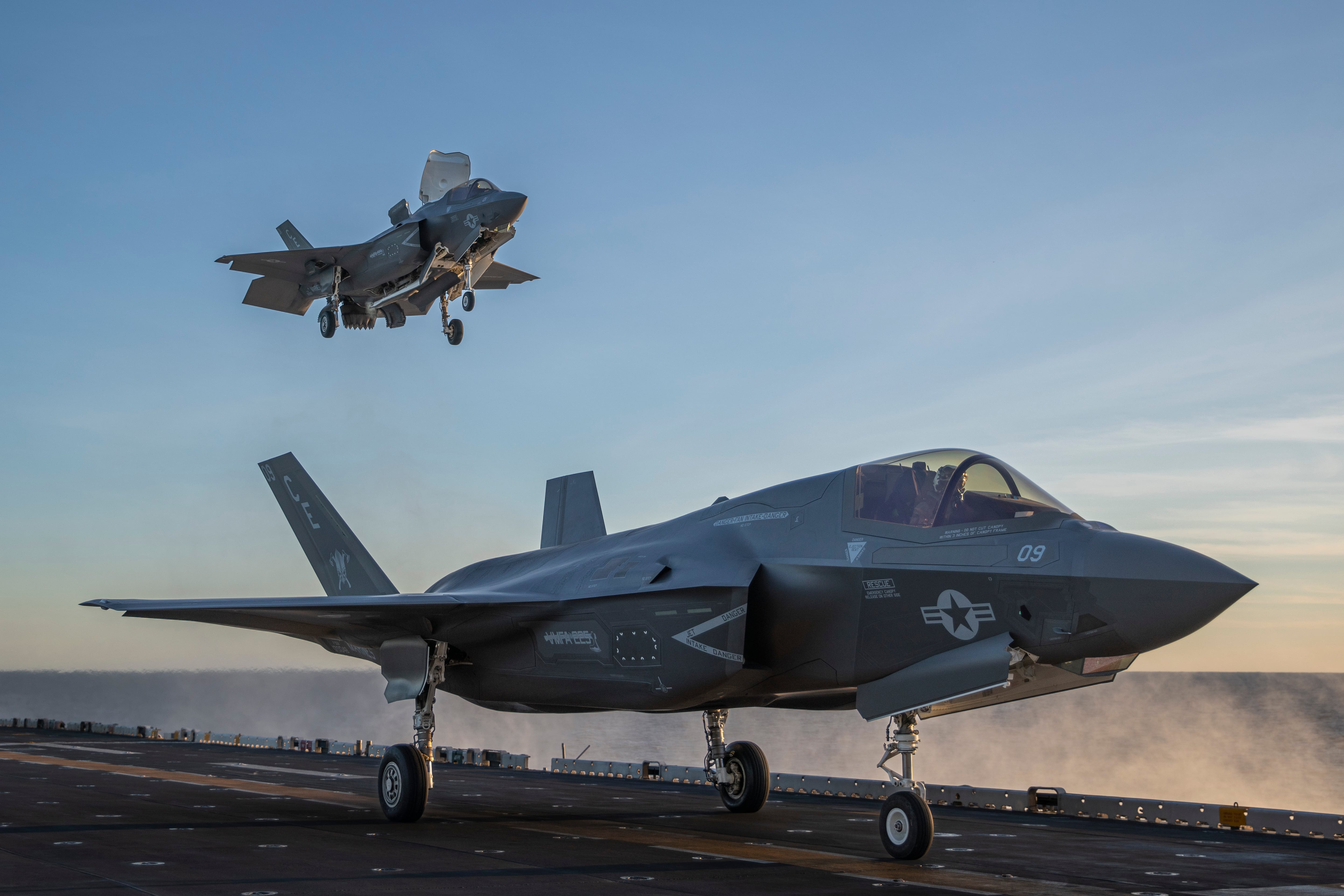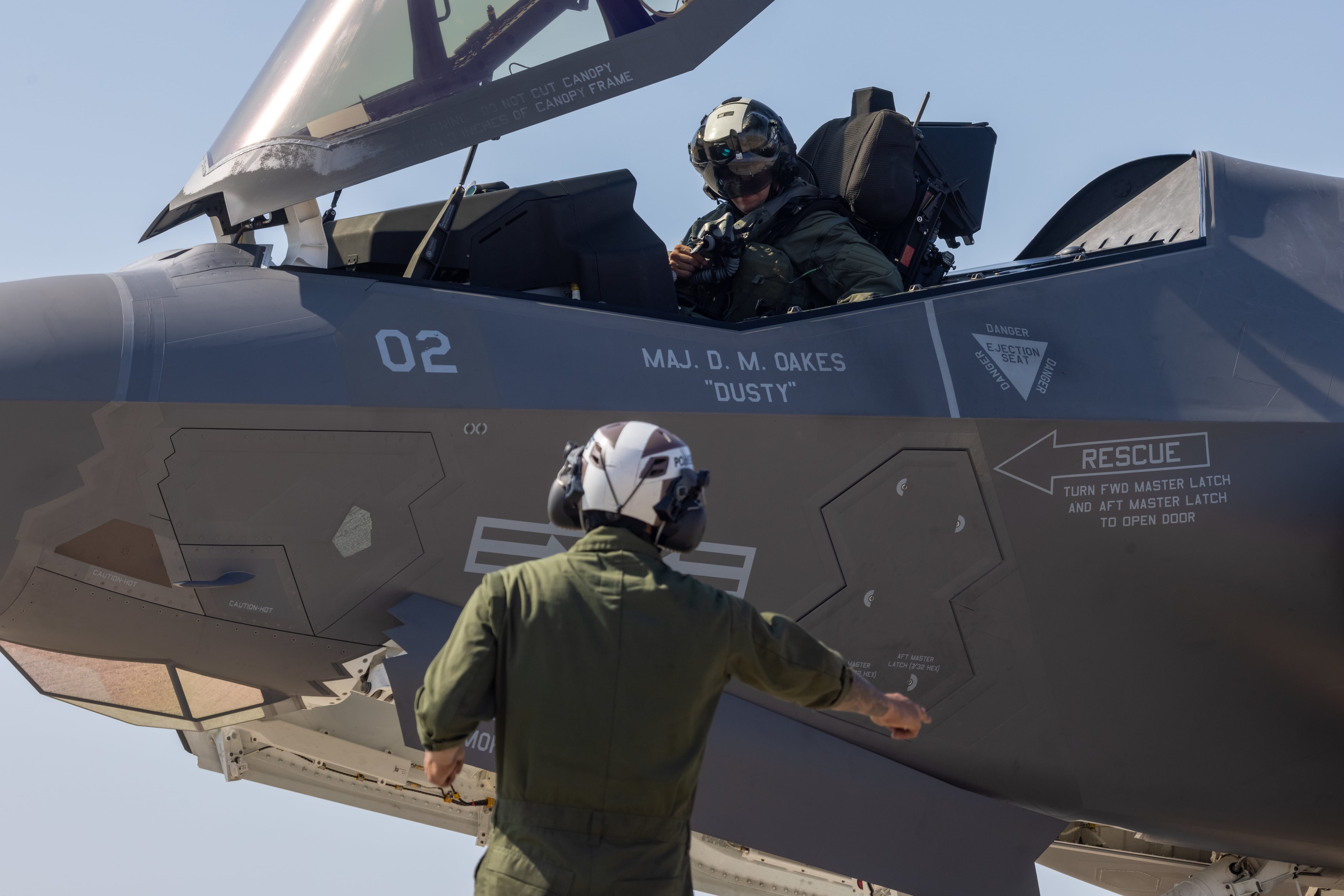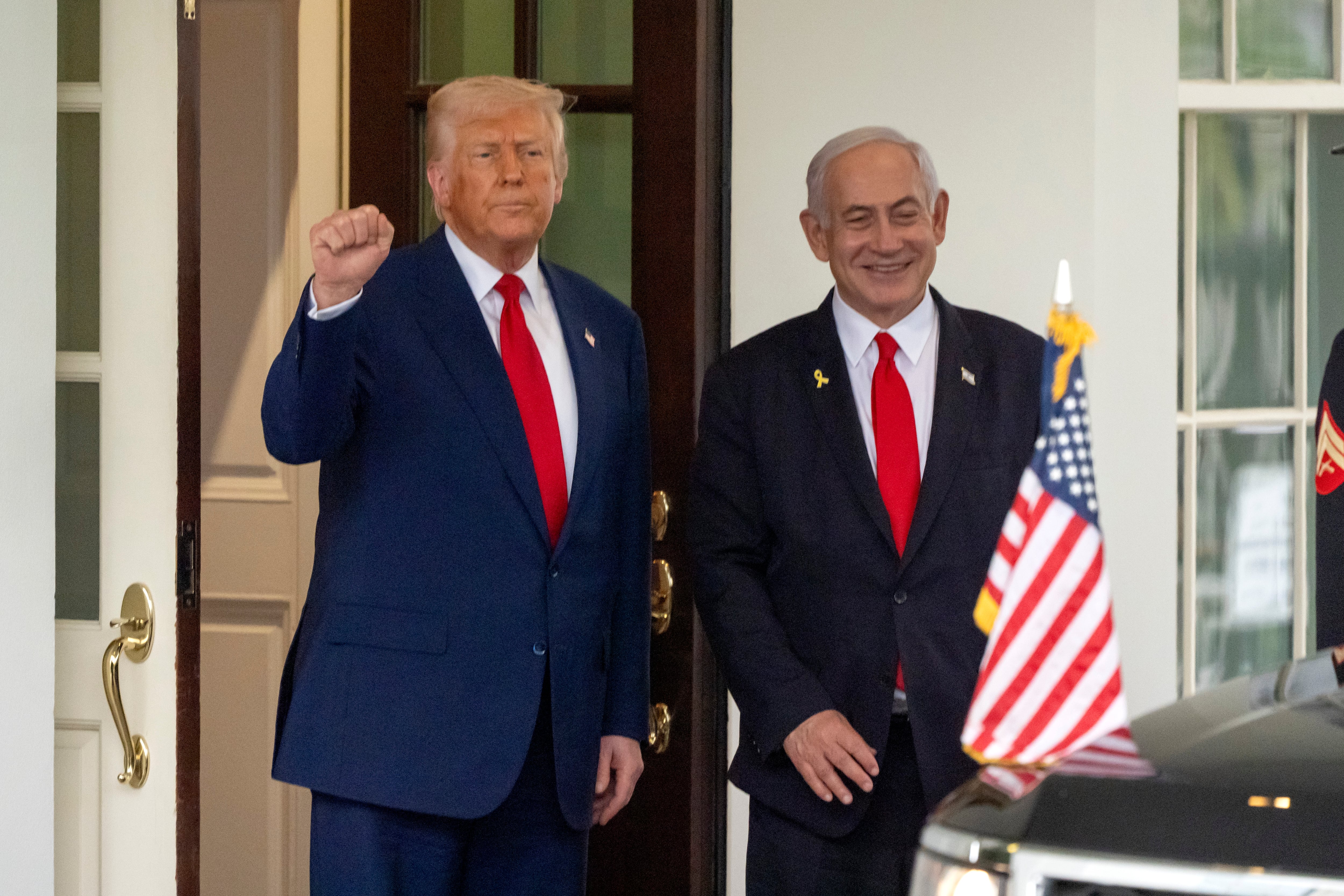A West Coast Marine F-35C Lightning II squadron has achieved initial operational capability.
The Marine Fighter Attack Squadron (VMFA) 311, Marine Aircraft Group 11, 3rd Marine Aircraft Wing, hit that key milestone Wednesday, 1st Lt. Madison Walls, wing spokeswoman told Marine Corps Times. The status means a unit can employ, maintain and train on the jet.
The Marine Corps Air Station Miramar, California, unit conducted its first independent live ordnance operations July 25.
“Initial operational capability is a milestone and achievement in readiness,” said Lt. Col. Michael Fisher, commanding officer of VMFA-311 in a statement. “It’s all on the backs of the Marines out there. What they do in their day-to-day actions is what made this possible.”
RELATED

The squadron, also known as the Tomcats, flew more than 900 sorties, which equals nearly 1,700 flight hours and another 800 simulator hours and 2,400 maintenance actions to reach initial operational capability, according to a service release.
“The Tomcats have a storied history that includes legends such as Ted Williams and John Glenn, and participation in every major conflict since World War II,” Maj. Gen. James Wellons, commanding general of 3rd MAW, said in the release. “Today’s Marines add another chapter to that legacy with the introduction of the F-35C and fifth-generation capabilities to VMFA-311.”

In 2020, the squadron deactivated its AV-8 Harrier jets and then reactivated in April 2023 with 84 Marines and one F-35, reflecting the Marine Corps’ move to fifth-generation fighter aircraft. The transition has resulted in a gradual reduction in Harriers and F/A-18 Hornets.
The Corps’ two F-35C squadrons, VMFA-311 and VMFA-314, are both stationed at Miramar.
The VMFA-314, or Black Knights, reached initial operational capability in 2020, Marine Corps Times previously reported.
The F-35C is specifically engineered for carrier-based operations, featuring heavier landing gear and enlarged, foldable wings designed to facilitate catapult launches and arrestments on aircraft carriers. The foldable wingtips also facilitate easier storage on the carrier deck.
The “C” variant holds more fuel than other versions of the single-seat jet, with nearly 20,000 pounds of internal fuel capacity for long-range flights.
“The next step for VMFA-311 is full operational capability, attained when VMFA-311 receives its complete inventory of ten F-35C aircraft, projected for fiscal year 2025,” according to the release.
The Marine Corps has used the F-35B for years. The “B” variant, built to use short runways and flat-decked amphibious assault ships, is capable of short take-offs and vertical landings.
Currently, the Corps has eight operational F-35B squadrons and two training squadrons, totaling over 100 F-35B aircraft globally.
Todd South has written about crime, courts, government and the military for multiple publications since 2004 and was named a 2014 Pulitzer finalist for a co-written project on witness intimidation. Todd is a Marine veteran of the Iraq War.





